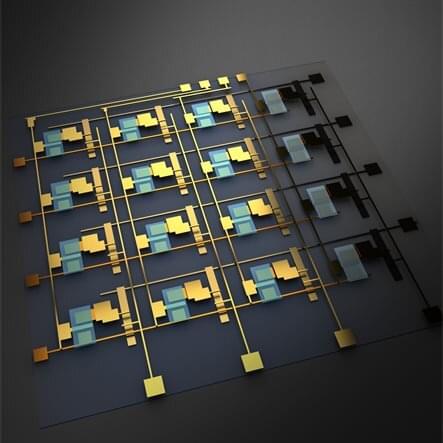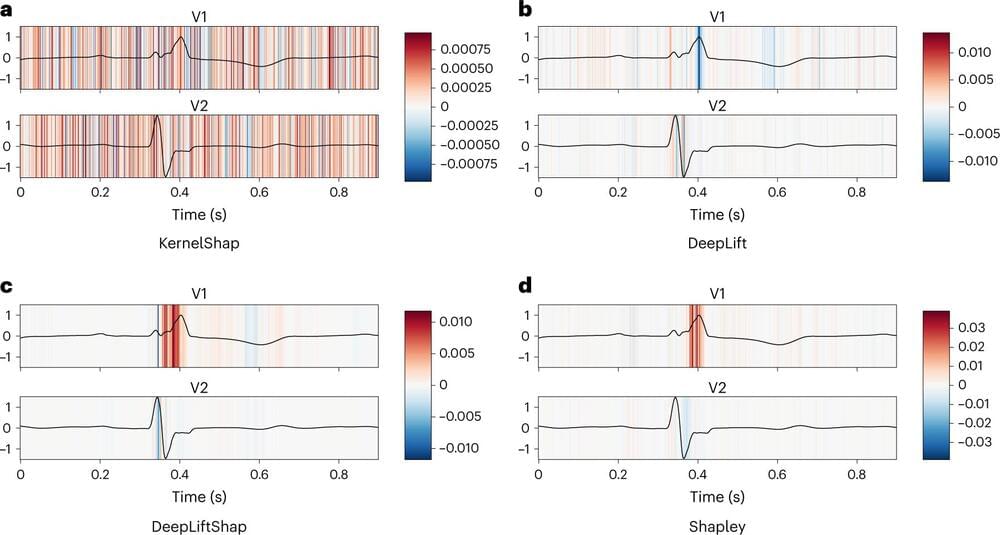The use of time-lapse monitoring in IVF does not result in more pregnancies or shorten the time it takes to get pregnant. This new method, which promises to “identify the most viable embryos,” is more expensive than the classic approach. Research from Amsterdam UMC, published today in The Lancet, shows that time-lapse monitoring does not improve clinical results.
Patients undergoing an IVF treatment often have several usable embryos. The laboratory then makes a choice as to which embryo will be transferred into the uterus. Crucial to this decision is the cell division pattern in the first three to five days of embryo development. In order to observe this, embryos must be removed from the incubator daily to be checked under a microscope. In time-lapse incubators, however, built-in cameras record the development of each embryo. This way embryos no longer need to be removed from the stable environment of the incubator and a computer algorithm calculates which embryo has shown the most optimal growth pattern.
More and more IVF centers, across the world, use time-lapse monitoring for the evaluation and selection of embryos. Prospective parents are often promised that time-lapse monitoring will increase their chance of becoming pregnant. Despite frequent use of this relatively expensive method, there are hardly any large clinical studies evaluating the added value of time-lapse monitoring for IVF treatments.








